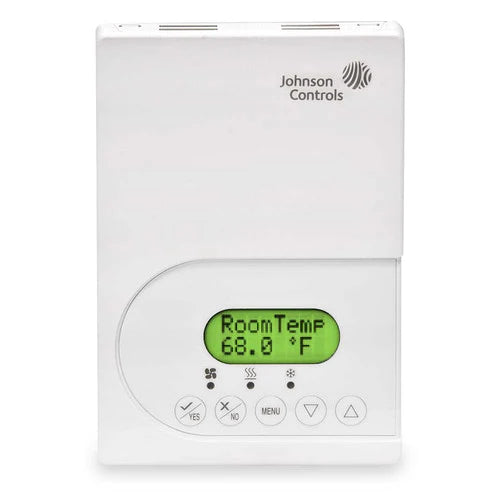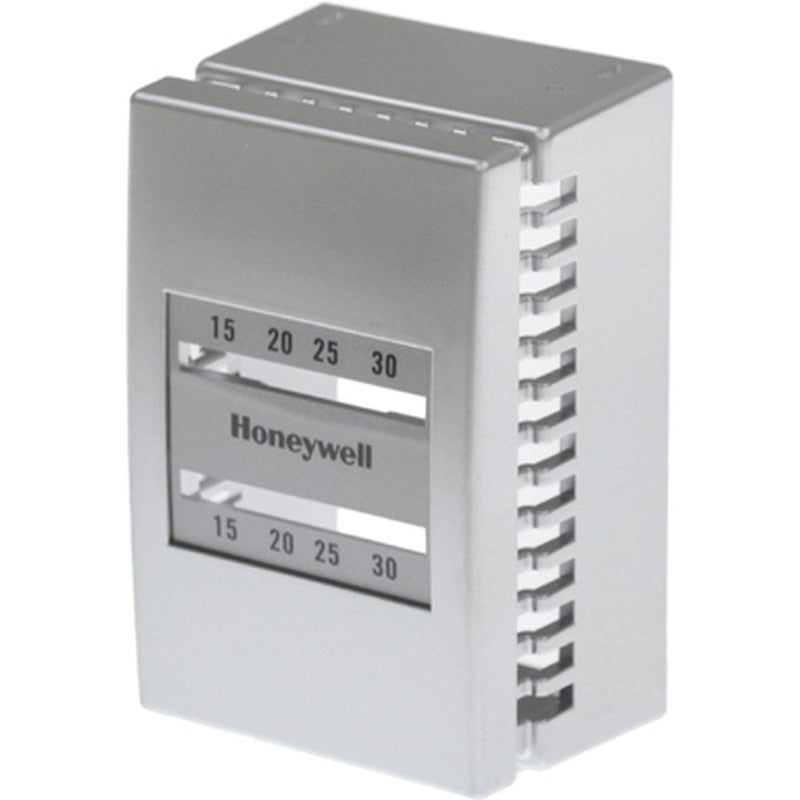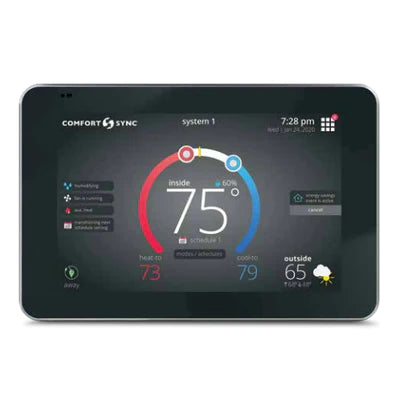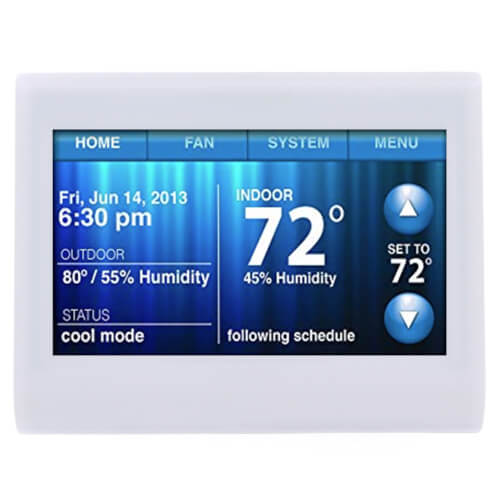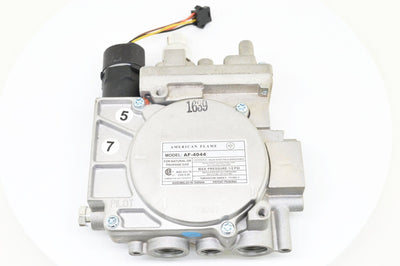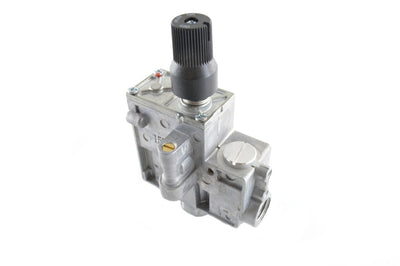- Sort by Featured
- Sort by Best Selling
- Sort by Alphabetically, A-Z
- Sort by Alphabetically, Z-A
- Sort by Price, low to high
- Sort by Price, high to low
- Sort by Date, new to old
- Sort by Date, old to new
- Sort by Featured
- Sort by Best Selling
- Sort by Alphabetically, A-Z
- Sort by Alphabetically, Z-A
- Sort by Price, low to high
- Sort by Price, high to low
- Sort by Date, new to old
- Sort by Date, old to new
Introduction to HVAC Thermal Expansion Valves (TXV)
HVAC Thermal Expansion Valves (TXV) is an important component of modern air conditioning systems. They are used to regulate the flow of refrigerant in the system and play a key role in ensuring that the unit maintains its optimal performance. The purpose of these valves is to maintain the correct amount of pressure in the system while allowing for small changes in volume due to temperature variations. In this article, we'll discuss how a TXV works, its components, and its benefits, as well as provide general guidelines on how to install and maintain it properly.
What is a TXV?
A Thermal Expansion Valve (TXV) is a thermostatic device designed to control the flow rate of refrigerant through an air conditioning or other refrigeration system. It is a critical component because it helps ensure that the proper amount of liquid refrigerant enters the evaporator coil regardless of temperature variations throughout the system.
A TXV works by sensing changes in temperature within the evaporator coil and reacting accordingly to regulate pressure inside with an internal diaphragm. This allows for precise control over refrigerant flow and helps prevent damages due to overpressurization or starvation from under-pressurization.
Components of a TXV
A typical TXV consists of three main parts: an internal valve body, a sensing bulb connected with capillary tubing, and an external stem connected to an adjustable needle valve knob which controls superheat setting at plant level for each loop. The valve body contains two ports: one connected to the suction line and one connected to the discharge line.
In normal operation, when there is no pressure difference between the suction side and discharge side, the valve remains closed. Still, when there is a difference in pressure between the two sides, the valve opens up and starts flowing liquid refrigerant into the evaporator coil.
The sensing bulb senses the temperature difference between the suction line and evaporator outlet line; if there is a higher temperature difference, then the sensing bulb expands sending a signal to the valve stem, which causes it to open further, thus allowing more refrigerant into heat exchanger coils thus increasing the capacity of cooling unit.
Benefits of Using a TXV
The biggest benefit that comes from using a TXV has improved efficiency throughout your air conditioning system due to its ability to monitor pressures inside your AC unit at all times precisely.
Properly installed and maintained expansion valves can also help reduce energy costs by preventing under-pressurization or overpressurization from occurring in your system due to their ability to adjust automatically based on changing temperatures sensors detect within coils around your unit's environment.
Furthermore, adding one can also extend the lifespan of other components, such as compressors, since they will not have to work as hard because expansion valves can take upon most responsibility for regulating pressure within the system. Finally, installing one might improve comfort levels since the unit will operate more efficiently without excessive fluctuation or freezing up during operation - potentially saving money on repairs down the road too!
How To Install & Maintain Your TXV
Installing a TXV requires proper planning before starting work on the actual installation itself; the first step would be gathering all necessary tools, such as pipe cutters/flares or solder/braze, along with appropriate measuring devices like thermometers, etc., so all measurements were taken during the installation process accurately.
This step will likely involve getting help from an experienced HAVC technician if any uncertainty arises while gathering supplies needed for the job at hand! Once supplies are secured next step would be removing the old expansion valve from the system: make sure the power has been disconnected first before doing this part, so no shock hazard happens while disassembling parts associated with the old valve!
After removing the old expansion valve, install a new one per the manufacturer’s instructions being sure to connect all wires properly, making sure nothing is left out - incorrect wiring could cause serious harm to either people working around the area or the actual machine itself later down the road so double check everything has been done correctly before proceeding further!
Lastly, attach the sensing bulb assembly onto the new expansion valve, ensuring the capillary tubing is secure firmly, then add insulation wrap around the whole setup to protect against extreme weather conditions - once this final step is complete should be good to go!
When it comes to maintaining thermal expansion valves, regular visual inspections should do least twice a year to check for any debris build-up near the bulb/stem assembly, clean them off if noticed, check if any leaks occurred recently, replace o-rings seals necessary, close off any openings found during inspection process tighten screws hold them place if loose fitment seen otherwise may need to replace entire assembly depending severity situation discovered! Additionally, consider replacing old insulation material surrounding the area and keep temperatures constant to protect against extreme weather conditions outside too.
These simple tasks ensure continued smooth functioning free problems in years come, so make a habit of inspecting periodically to avoid unnecessary issues arising from future usage time goes on!
In conclusion, HVAC Thermal Expansion Valves (TXVs) are essential components that must be installed correctly and monitored regularly for AC systems to performing optimally efficiently manner without too many problems.










